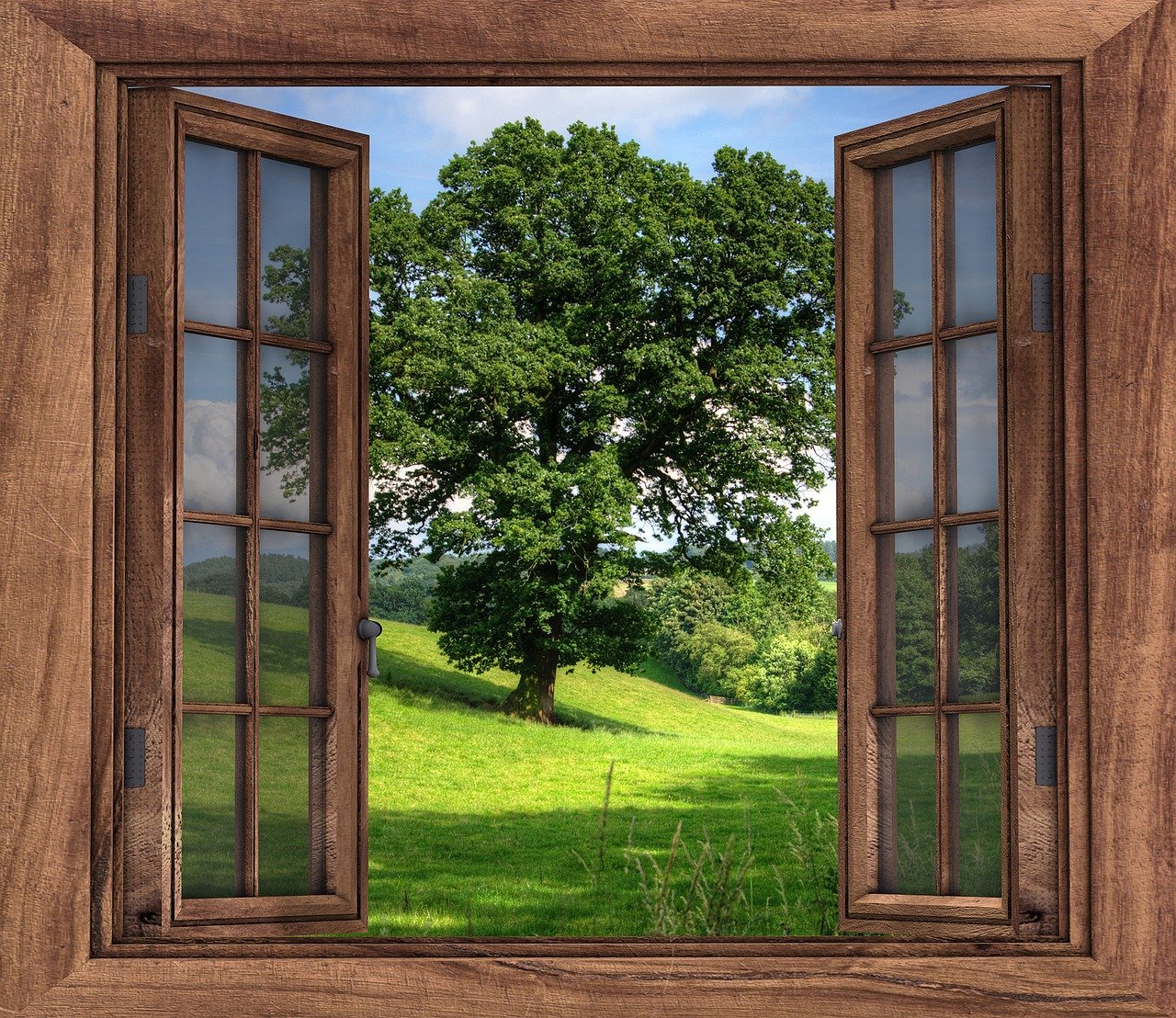With old timber window frames being regularly replaced by uPVC and other alternatives across the country, you may think that wood window frames are low performing when it comes to insulation. In truth, wood is a good insulation material to be used in window frames. But to know whether wood window frames are insulated enough, you need to learn about the different properties and advantages of wood window frames. If you are in need of solidor door design please see here.
properties and advantages of wood window frames. If you are in need of solidor door design please see here.
Window Insulation
What features of a window makes it a good insulator or not? When comparing high-performing insulation materials, where does wood actually stand?
How It Works
The structure of the glazing is the main feature of both double and triple glazed windows. The gap between the panes of the glass is usually filled with an inert gas like argon. In fact, argon is heavier than the air in the surrounding environment. This is key to the higher performance of double and triple glazed windows. But the frame also can affect the overall performance of the window. The standard casement window comes with seals and a thermal break to protect against the loss of heat via the frame of the window.
Energy Performance
Wood is a material with low conduction of heat. That is why a solid wood frame doesn’t need a thermal break similar to casement window frames. In fact, wood frames are naturally well insulated compared to casement window frames. For example, wood frames have a massive 400 times more insulation compared to steel and two times compared to aluminium. Hence, the energy performance of wood frames doesn’t have to depend on the surrounding casement engineering to insulate the space.
Noise Insulation
Wood is a porous material with tiny air pockets within the material to enhance sound insulation qualities. When combined with double or triple glazing, wood will perform better than any other window material out there. It protects your home from unnecessary noises.
Heat
Although every home in the UK requires the heat to be retained in winter, the same is not true when it comes to the hot summer months. Wood window frames have a low conductivity of heat and won’t contribute to the transfer of heat into the house during the summer months. The same is true when it comes to heat loss in winter. Heat transfer is mostly dependent on the glazing of the window. With a UV coating on the window glass, the heat inside the house could be better regulated. The latest glazing technology helps prevent too much heat from penetrating the glazing.
Wood Properties
Wood has the lowest heat conductivity compared to all other window frames and it is fundamentally eco-friendly. Manufacturing wood frames releases fewer toxins and requires less energy. It is ideal for sustainability. Wood frames are easily worked and formed since they are quite flexible. They can be finished with any texture or colour. Preventive maintenance helps increase the lifespan of wood windows. That is why wood is still used in many building projects to such an extent.
Any Disadvantages?
Why are wood frames not widely used though they are well-performing when it comes to insulation?
Maintenance
Maintenance is a major requirement when it comes to using wood window frames in your home or office. Wood should be maintained properly by way of treating and painting the material to prolong its lifespan and improve the efficiency. It is prone to damage, rotting, and warping. When these problems take hold, you may have to replace the entire window system in your home or office.
